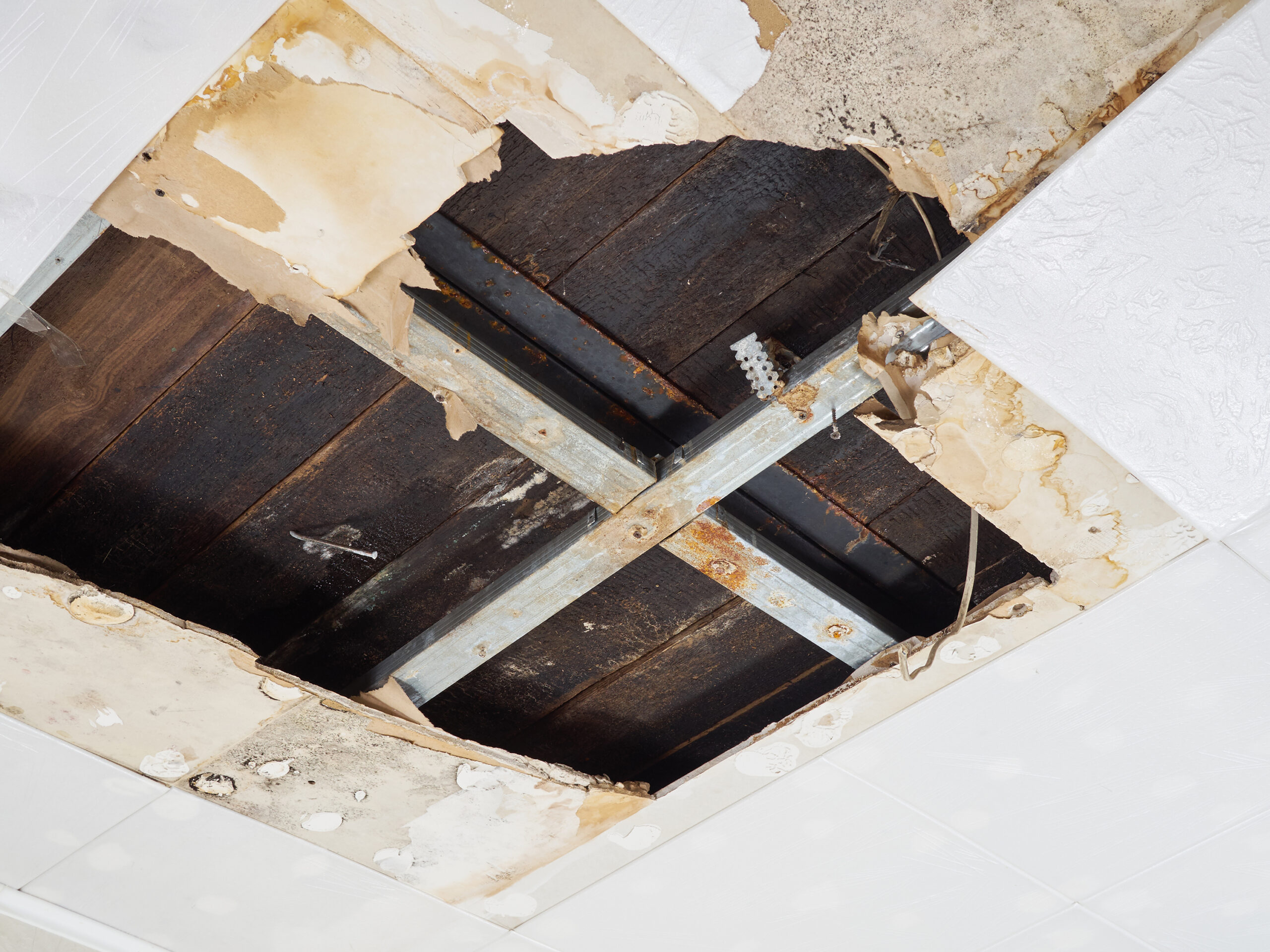How Water Damage Restoration Experts Tackle Mold Remediation
Mold, the silent menace accompanying water damage, poses significant health risks and can compromise the structural integrity of a property. Water damage restoration experts play a pivotal role in tackling mold remediation, employing specialized techniques to eradicate mold and restore homes and businesses to a safe and healthy condition.
 Water Damage Restoration - Richmond Hill, Georgia
Water Damage Restoration - Richmond Hill, Georgia
In this blog post, we will delve into the nuanced strategies employed by these experts in the art of mold remediation.
Thorough Assessment and Identification
The first step in mold remediation is a thorough assessment by water damage restoration experts. They identify the extent of mold growth, locate hidden mold, and determine the types of mold present. This comprehensive assessment guides the development of a targeted remediation plan, ensuring that no mold is overlooked during the restoration process.
Containment Strategies
Restoration experts implement meticulous containment strategies to prevent the spread of mold spores to unaffected areas. This may involve sealing off the affected area with plastic sheeting, using negative air pressure systems, and employing advanced containment technologies. By isolating the affected space, professionals mitigate the risk of cross-contamination and ensure that the remediation process is contained and controlled.
Safe Mold Removal Techniques
Mold removal is a delicate process that requires precision and safety measures. Water damage restoration experts utilize safe and effective removal techniques, such as HEPA vacuuming, dry brushing, and damp wiping. These methods not only remove visible mold but also address microscopic mold spores, minimizing the chances of regrowth.
Advanced Drying and Dehumidification
Mold thrives in damp environments, making thorough drying a critical component of mold remediation. Restoration professionals deploy advanced drying and dehumidification equipment to eliminate excess moisture from affected areas. This not only halts the current mold growth but also prevents the recurrence of mold in the future, creating an inhospitable environment for its development.
Disposal and Cleaning of Contaminated Materials
Porous materials affected by mold, such as drywall and insulation, may need to be disposed of to ensure effective mold remediation. Water damage restoration experts follow strict protocols for safely removing and disposing of contaminated materials. The remaining surfaces are then meticulously cleansed using specialized antimicrobial agents to inhibit the growth of residual mold.
Post-Remediation Verification
The final step in mold remediation is post-remediation verification. Restoration experts conduct thorough inspections to ensure that mold has been successfully eradicated and that the affected area meets industry standards for cleanliness and safety. This verification process provides homeowners and businesses with the assurance that the mold remediation was comprehensive and effective. Mold remediation is a complex and nuanced process that demands the expertise of restoration professionals. By combining thorough assessments, containment strategies, safe removal techniques, advanced drying, and dehumidification, along with strict disposal and cleaning protocols, these experts effectively tackle mold growth. The meticulous post-remediation verification ensures that the property is restored to a safe and mold-free condition. When faced with the challenges of mold after water damage, do not hesitate to call us at Harper Special Services. Our seasoned professionals ensure not only a thorough restoration but also your peace of mind.